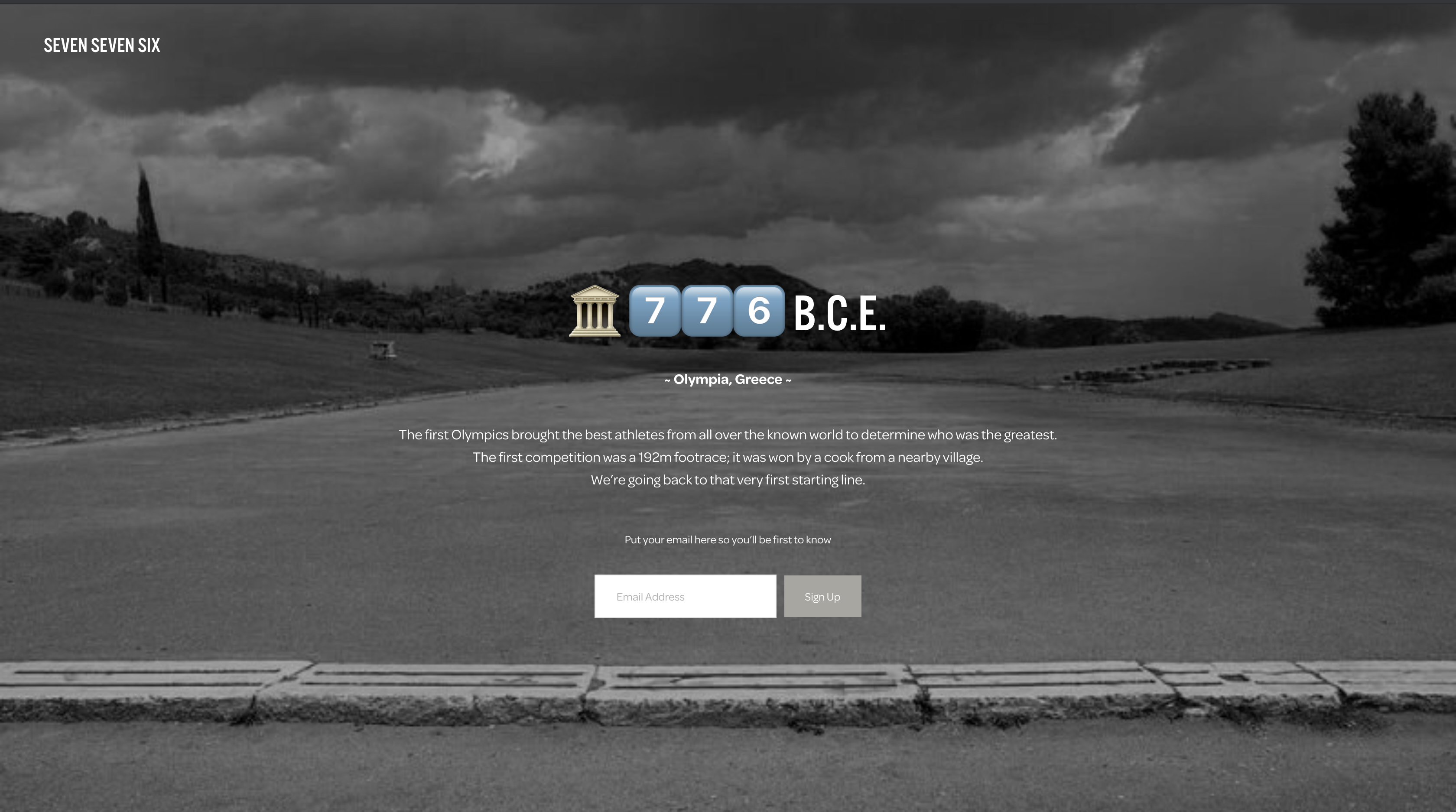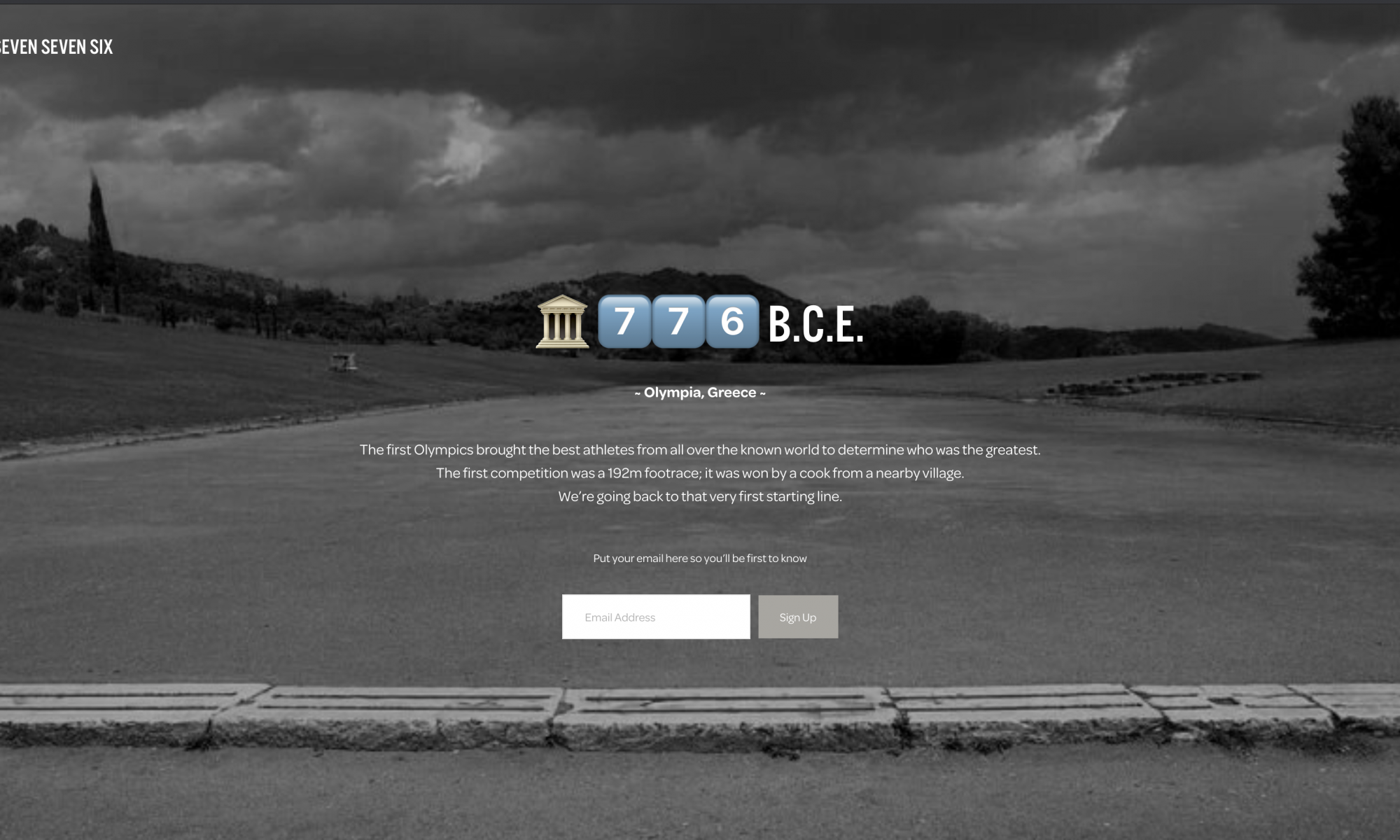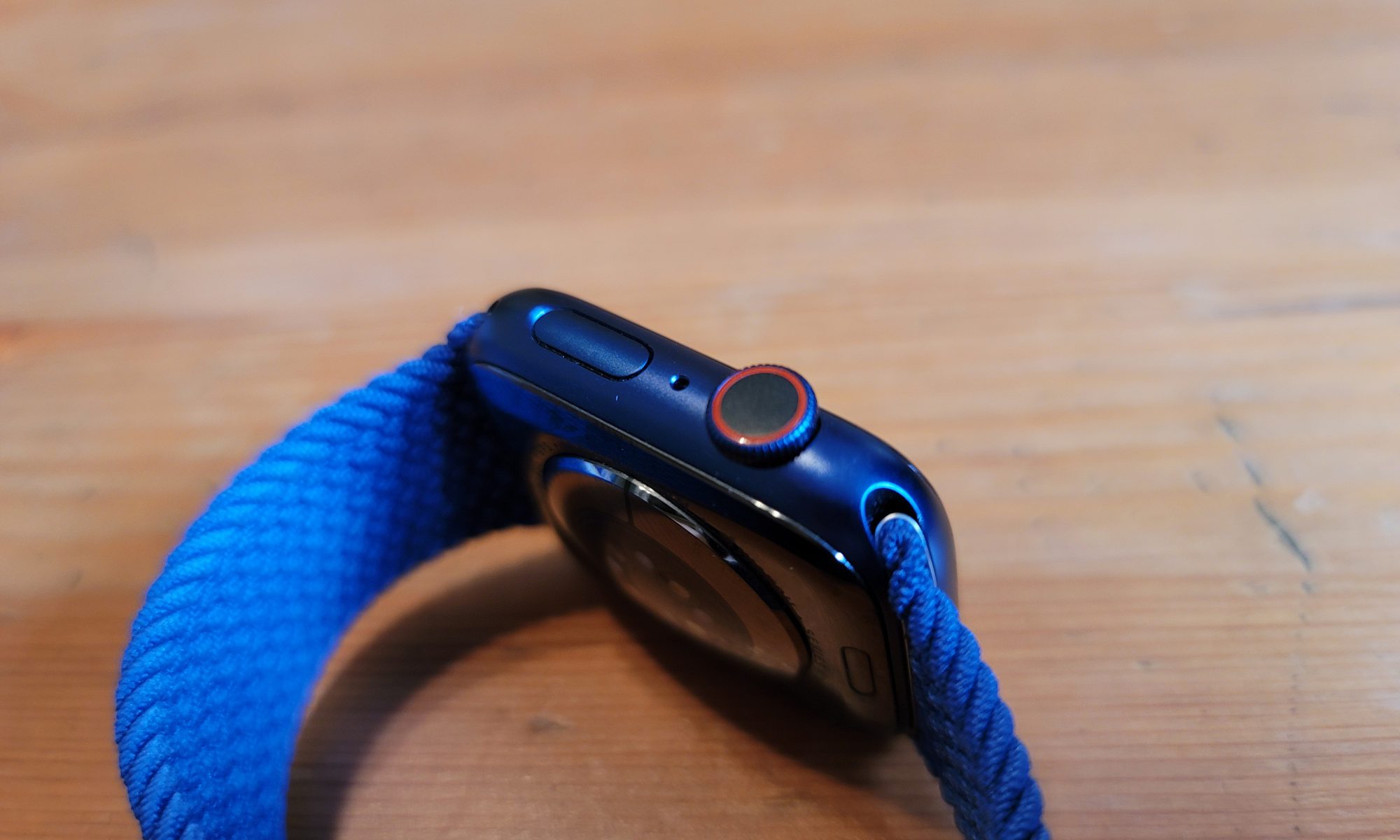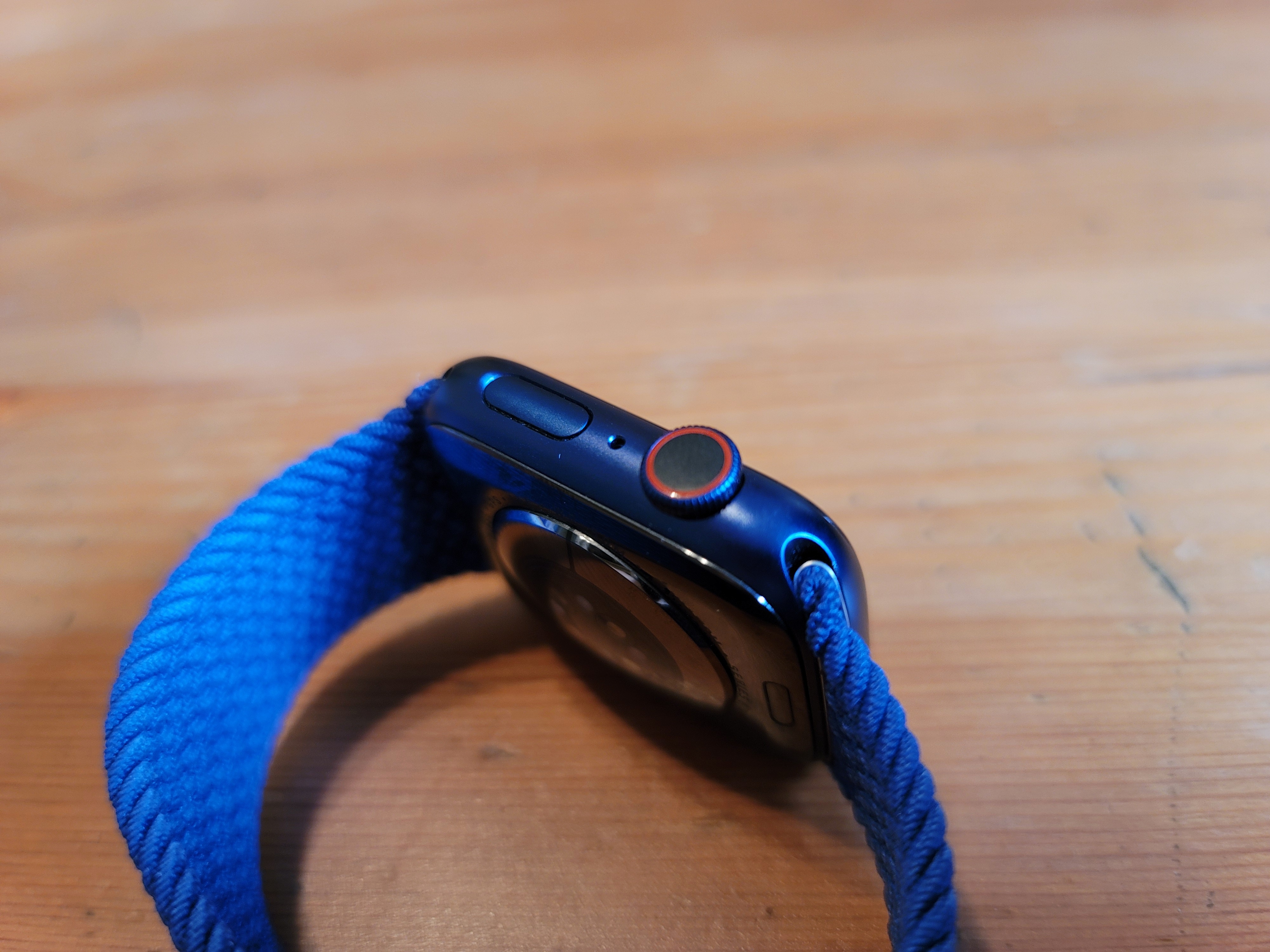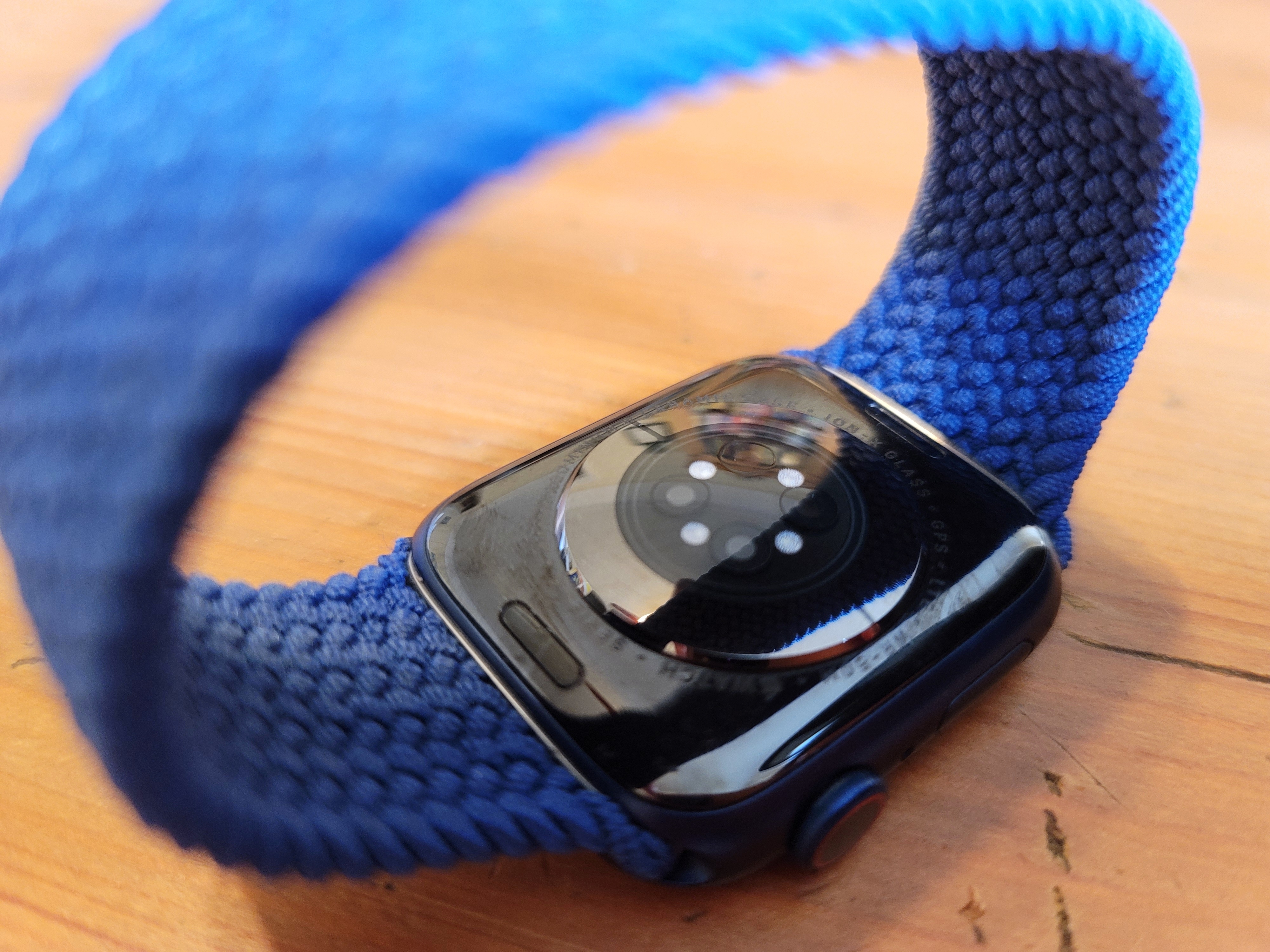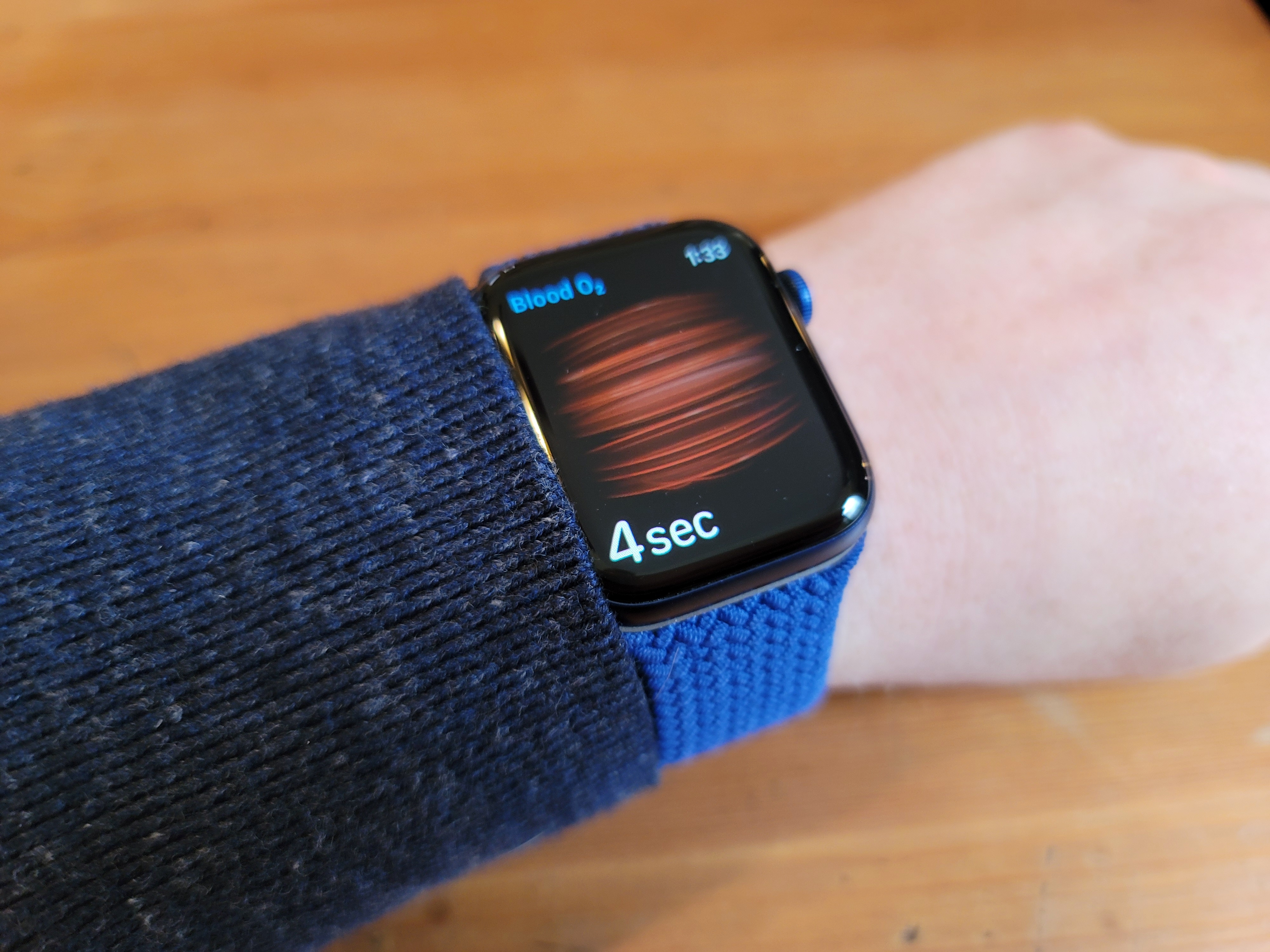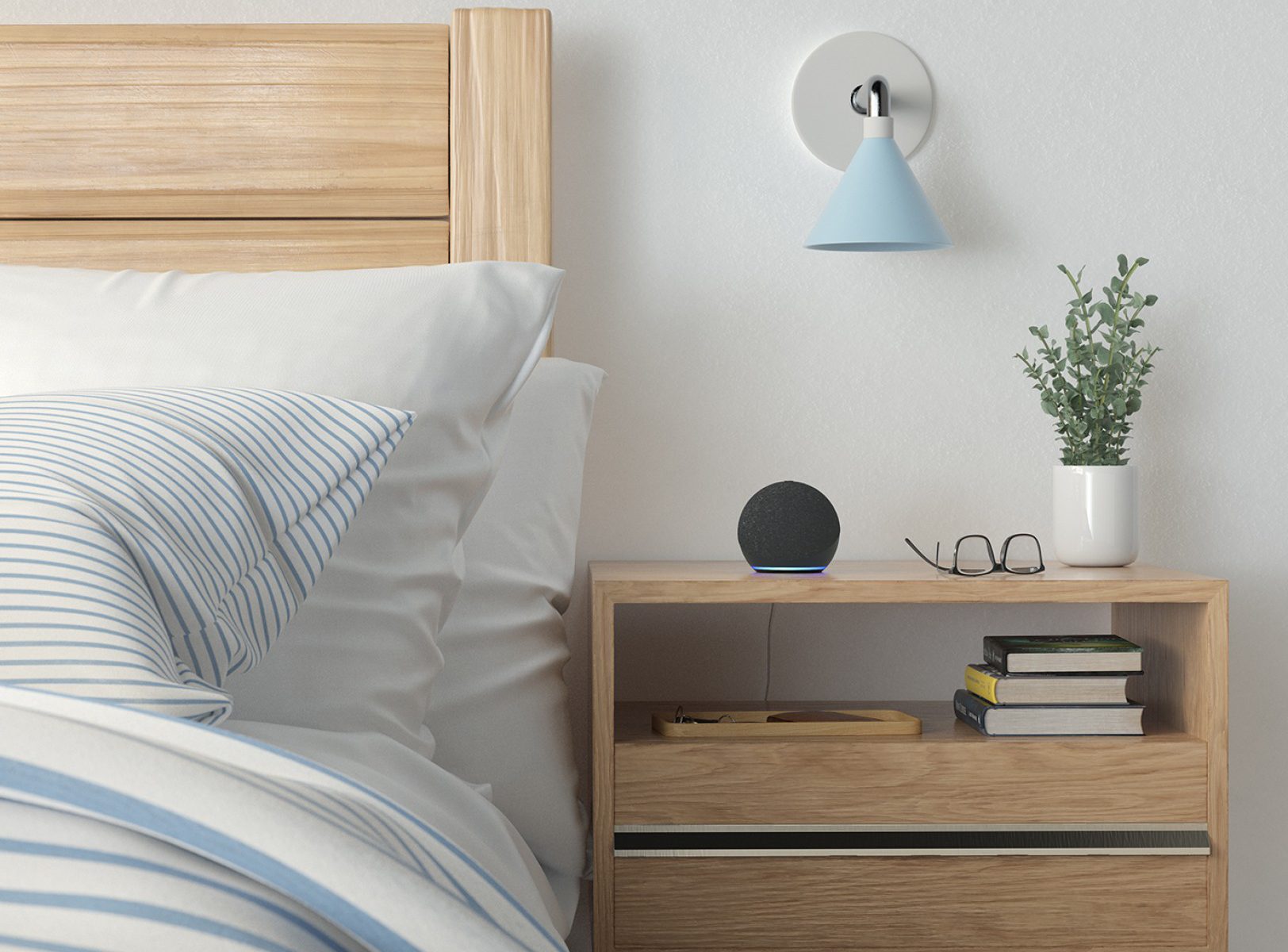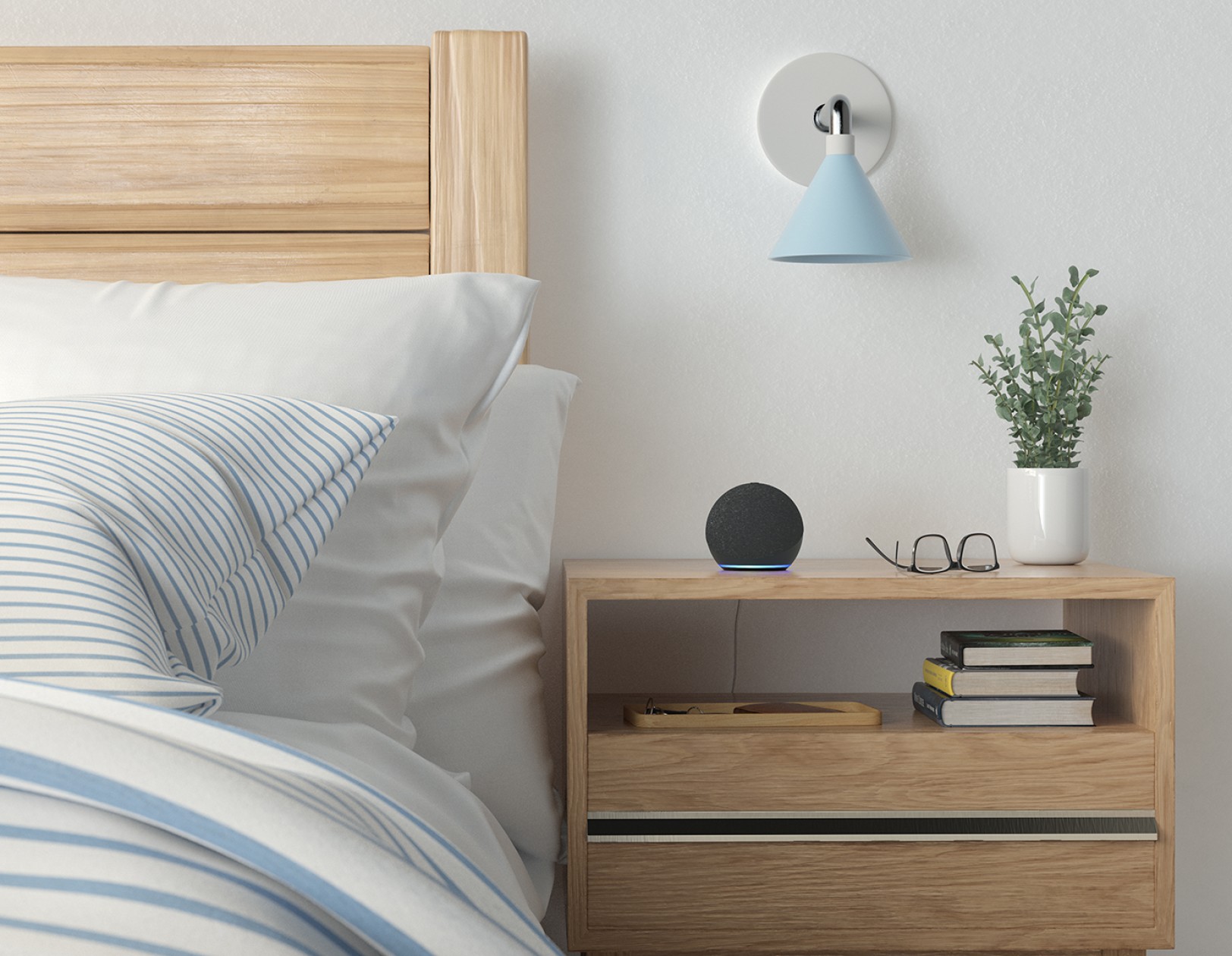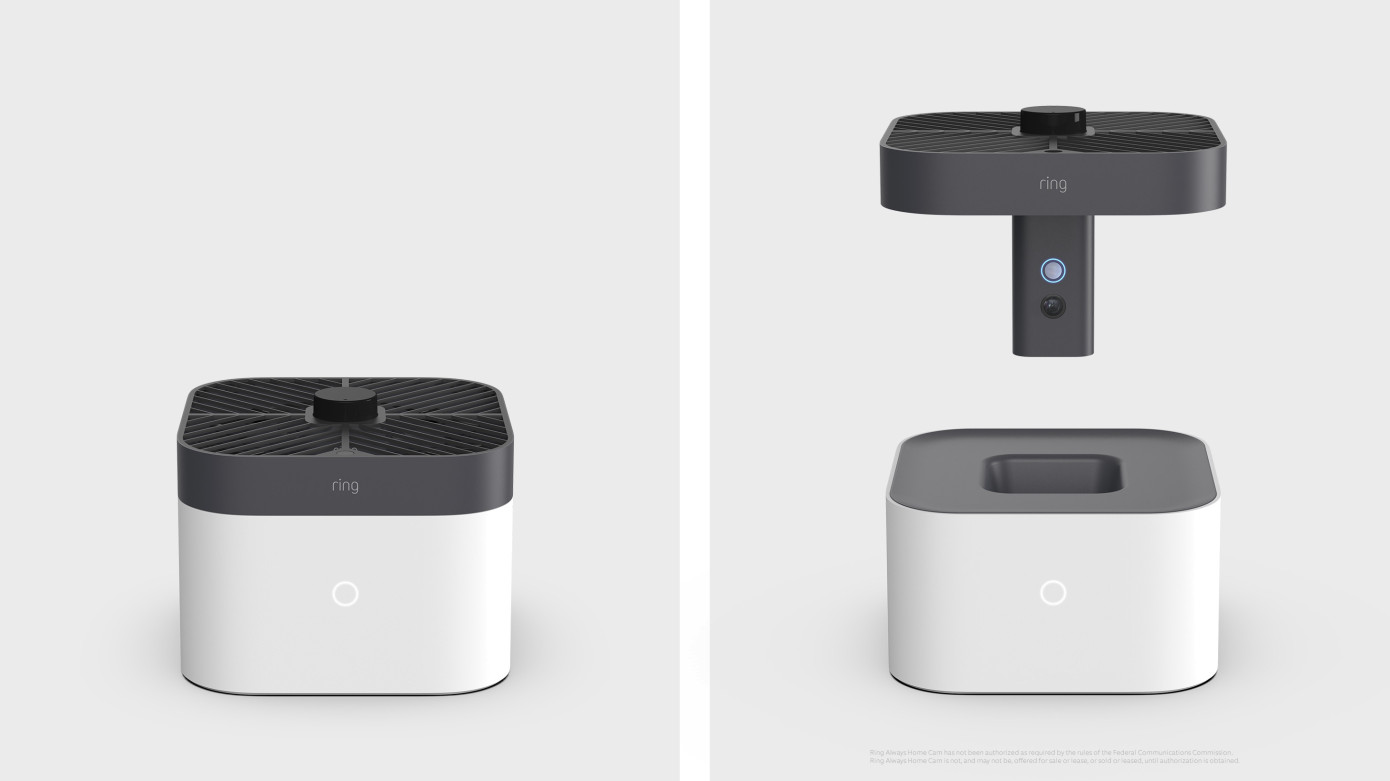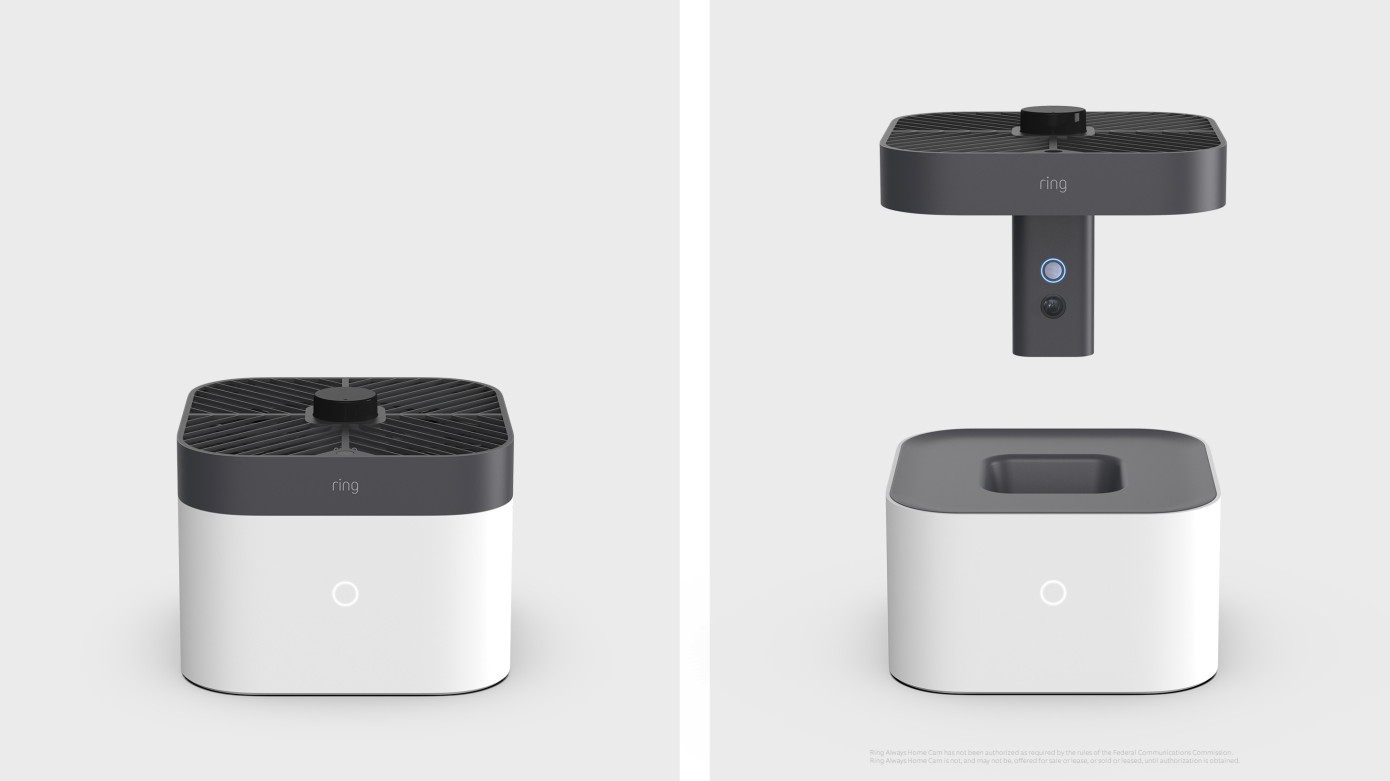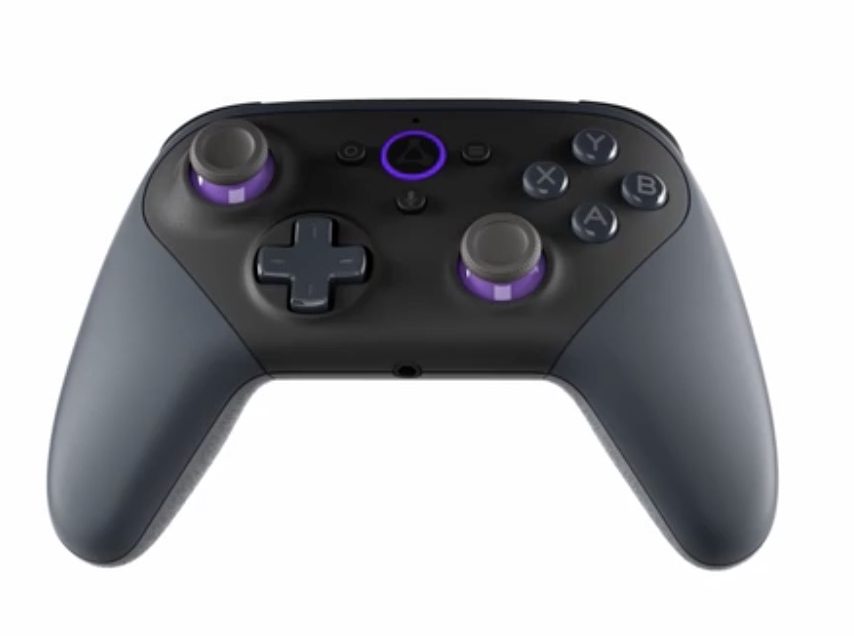TC Sessions: Mobility is back and we’re excited to give the final look of what and who is coming to the main stage.
Before we get into who is coming, let’s tackle one important change from our 2019 inaugural event: this year, TC Sessions: Mobility will be virtual. Never fear, the virtual version of TC Sessions: Mobility will bring all of what you’d expect from our in-person events, from the informative panels and provocative one-on-one interviews to the networking and this year, even a pitch-off session.
While virtual isn’t the same as our events in the past, it has provided one massive benefit: democratizing access. If you’re a startup or investor based in Europe, Asia, Africa, Australia, South America or another region in the U.S., you can listen in, network and connect with other participants here in Silicon Valley. Plus, you’ll be able to meet all of the attendees through our matchmaking platform, CrunchMatch.
This year, we’re also holding a pitch-off competition for early-stage mobility companies, but you’ll need to make sure you have your ticket to join us at the event online. Prices start at just $25 for an Expo Ticket and only $195 for a General Admission Ticket to experience the whole event. We also offer a $50 tickets for students.
TechCrunch reporters and editors will interview some of the top leaders in transportation to tackle topics such as scaling up an electric vehicle company, the future of automated vehicle technology, micromobility, building an AV startup and investing in the industry. Our guests include Argo AI co-founder and CEO Bryan Salesky, Waymo COO Tekedra Mawakana, Lucid Motors CEO and CTO Peter Rawlinson, Ike Robotics co-founder and chief engineer Nancy Sun, Formula E race car driver Lucas di Grassi, Cruise’s director of global government affairs Prashanthi Raman, Hemi Ventures managing partner Amy Gu, Polestar CEO Thomas Ingenlath as well as TuSimple co-founder and CTO Xiaodi Hou and Boris Sofman, former Anki Robotics founder and CEO who now leads Waymo’s trucking unit.
Don’t forget that General Admission tickets (including $50 savings) are currently available for a limited time; grab your tickets here before prices increase.
AGENDA
Tuesday, October 6
Taking AVs to the Next Level Tekedra Mawakana (Waymo)
Waymo Chief Operating Officer Tekedra Mawakana is at the center of Waymo’s future, from scaling the autonomous vehicle company’s commercial deployment and directing fleet operations to developing the company’s business path. Tekedra will speak about what lies ahead as Waymo drives forward with its plan to become a grownup business.
The Changing Face of Delivery with Matthew Johnson-Roberson (Refraction AI), Ali Kashani (Postmates), and speaker to be confirmed.
Small startups and logistics giants alike are working on how to use automated vehicle technology and robotics for delivery. Matthew Johnson-Roberson, co-founder of Refraction AI and Ali Kashani, the VP of special projects at Postmates will talk about the challenges and opportunities of using robots for delivery.
Investing in Mobility with Reilly Brennan (Trucks VC), Amy Gu (Hemi Ventures), and Olaf Sakkers (Maniv Mobility)
Reilly Brennan, Amy Gu and Olaf Sakkers will come together to debate the uncertain future of mobility tech and whether VC dollars are enough to push the industry forward.
Networking Break
With our virtual platform, attendees can network via video chat, giving folks the chance to make meaningful connections. CrunchMatch, our algorithmic matching product, will be available to ensure you’re meeting the right people at the show, as well as random matching for attendees who are feeling more adventurous.
Setting the Record Straight with Bryan Salesky (Argo AI)
Argo AI has gone from unknown startup to a company providing the autonomous vehicle technology to Ford and VW — not to mention billions in investment from the two global automakers. Co-founder and CEO Bryan Salesky will talk about the company’s journey, what’s next and what it really takes to commercialize autonomous vehicle technology.
The Next Opportunities in Micromobility with Danielle Harris (Elemental Excelerator), Dmitry Shevelenko (Tortoise), Avra van der Zee (Superpedestrian)
Worldwide, numerous companies are operating shared micromobility services — so many that the industry is well into a consolidation phase. Despite the over-saturation of the market, there are still opportunities for new players. Danielle Harris, director of mobility innovation at Elemental Excelerator, Dmitry Shevelenko, founder at Tortoise will discuss, and VP of Strategy and Policy at Superpedestrian.
Building an AV Startup with Nancy Sun (Ike)
Ike co-founder and chief engineer Nancy Sun will share her experiences in the world of automation and robotics, a ride that has taken her from Apple to Otto and Uber before she set off to start a self-driving truck company. Sun will discuss what the future holds for trucking and the challenges and the secrets behind building a successful mobility startup.
Uber’s City Footprint with Shin-pei Tsay (Uber)
Uber’s operations touch upon many aspects of the transportation ecosystem. Whether its autonomous vehicles, food delivery, trucking or traditional ride-hailing, these products and services all require Uber to interact with cities and ensure the company is on the good side of cities. That’s where Shin-pei Tsay comes in. Hear from Tsay about how she thinks through Uber’s place in cities and how she navigates various regulatory frameworks.
The Road to the All-Electric Air with Peter Rawlinson (Lucid Motors)
Just weeks after Lucid Motors unveils its long-anticipated all-electric luxury Air sedan, we’ll sit down with Peter Rawlinson to discuss the challenges of building a car company and assembling that first production vehicle as well as plans for the future.
Wednesday, October 7
The Future of Racing with Lucas Di Grassi (Audi Sport)
Formula E driver Lucas Di Grassi is part of a new racing series, in which riders on high-speed electric scooters compete against each other on temporary circuits in cities. Think Formula E, but with electric scooters. The former CEO of Roborace and sustainability ambassador of the EsC, Electric Scooter Championship, will join us to talk about electrification, micromobility and a new kind of motorsport.
The Future of Trucking with Xiaodi Hou (TuSimple) and Boris Sofman (Waymo)
TuSimple co-founder and CTO Xiaodi Hou and Boris Sofman, former Anki Robotics founder and CEO who now leads Waymo’s trucking unit, will discuss the business and the technical challenges of autonomous trucking.
The Electrification of Porsche with Detlev von Platen (Porsche AG)
Porsche has undergone a major transformation in the past several years, investing billions into an electric vehicle program and launching the Taycan, its first all-electric vehicle. Now, Porsche is ramping up for more. Porsche AG’s Detlev von Platen, who is a member of the company’s executive board, will talk about Porsche’s path, competition and where it’s headed next.
Navigating Self-Driving Car Regulations with David Estrada (Nuro), Melissa Froelich (Aurora) and Jody Kelman (Lyft), Prashanthi Raman (Cruise)
Autonomous vehicle developers face a patchwork of local, state and federal regulations. Government policy experts, from Nuro, Aurora, Lyft and Cruise, discuss the progress that’s been made, the challenges that remain and how startups can navigate the jumble of regulations and deploy their autonomous vehicle technology at scale.
Future of Cities: Delivery Takes Flight with Margaret Nagle (Wing)
Margaret Nagle, head of policy and public affairs at Wing, will talk about how drones used for delivery could reshape cities and improve accessibility.
Delivering and Building EVs with Thomas Ingenlath (Polestar)
Polestar is less than four years old and already has two vehicles on the market and more on the way. In this fireside chat with CEO Thomas Ingenlath, we’ll discuss the company’s focus, strategy and sleek design.
Scooting Through the World’s Regulatory Frameworks with Tony Adesina (Gura Ride), Fredrik Hjelm (VOI Technology), and Euwyn Poon (Spin)
Although dockless scooters first hit the streets of the U.S., there’s plenty of scooter activity going on abroad. And thanks to different regulatory landscapes and players, the state of scooters looks different depending on where you are. Scooters have taken off in Europe, with a number of players operating across the continent, as well as in South America. Now, shared scooters and ebikes are popping up in Africa. Hear from Spin CEO Euwyn Poon about bringing his U.S.-centric company abroad, VOI co-founder Fredrik Hjelm about the state of scooters in Europe and Tony Adesina, the founder and CEO of micromobility startup Gura Ride about opportunities and challenges in Africa.
Startup Pitch-Off
Select, early-stage companies, hand-picked by TechCrunch editors, will take the stage and have five minutes to present their companies.
Life After Tesla with JB Straubel (Redwood Materials)
JB Straubel might be best known as Tesla’s co-founder and former CTO who was responsible for some of the company’s most important technology, notably around batteries. But Straubel is hardly finished. He launched his own recycling startup called Redwood Materials that is focused on creating a circular supply chain and recently named Amazon and Panasonic as customers. We’ll sit down with Straubel to talk about his latest venture, time at Tesla and of course, battery technology and the state of the electric vehicles.
Building Better Battery Tech with Celina Mikolajczak (Panasonic) and JB Straubel (Redwood Materials)
Celina Mikolajczak, vice president of battery technology for Panasonic Energy of North America, and JB Straubel, co-founder and CEO of Redwood Materials, will dig into the state of battery tech, what it will take to meet growing demand while minimizing the environmental impact, and how their respective companies are working together.
( function() {
var func = function() {
var iframe = document.getElementById(‘wpcom-iframe-dfa7eb8a27083dd6c557e8abea30a447’)
if ( iframe ) {
iframe.onload = function() {
iframe.contentWindow.postMessage( {
‘msg_type’: ‘poll_size’,
‘frame_id’: ‘wpcom-iframe-dfa7eb8a27083dd6c557e8abea30a447’
}, “https://tcprotectedembed.com” );
}
}
// Autosize iframe
var funcSizeResponse = function( e ) {
var origin = document.createElement( ‘a’ );
origin.href = e.origin;
// Verify message origin
if ( ‘tcprotectedembed.com’ !== origin.host )
return;
// Verify message is in a format we expect
if ( ‘object’ !== typeof e.data || undefined === e.data.msg_type )
return;
switch ( e.data.msg_type ) {
case ‘poll_size:response’:
var iframe = document.getElementById( e.data._request.frame_id );
if ( iframe && ” === iframe.width )
iframe.width = ‘100%’;
if ( iframe && ” === iframe.height )
iframe.height = parseInt( e.data.height );
return;
default:
return;
}
}
if ( ‘function’ === typeof window.addEventListener ) {
window.addEventListener( ‘message’, funcSizeResponse, false );
} else if ( ‘function’ === typeof window.attachEvent ) {
window.attachEvent( ‘onmessage’, funcSizeResponse );
}
}
if (document.readyState === ‘complete’) { func.apply(); /* compat for infinite scroll */ }
else if ( document.addEventListener ) { document.addEventListener( ‘DOMContentLoaded’, func, false ); }
else if ( document.attachEvent ) { document.attachEvent( ‘onreadystatechange’, func ); }
} )();

Source: Tech Crunch
